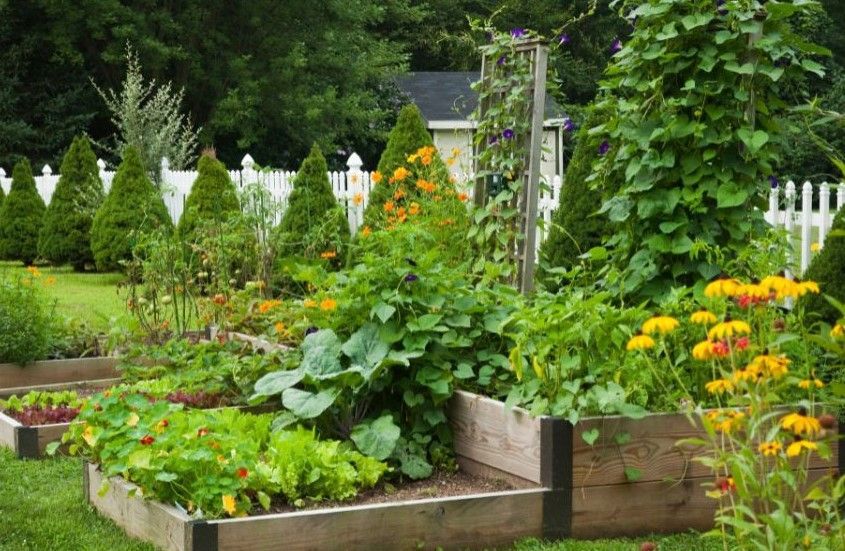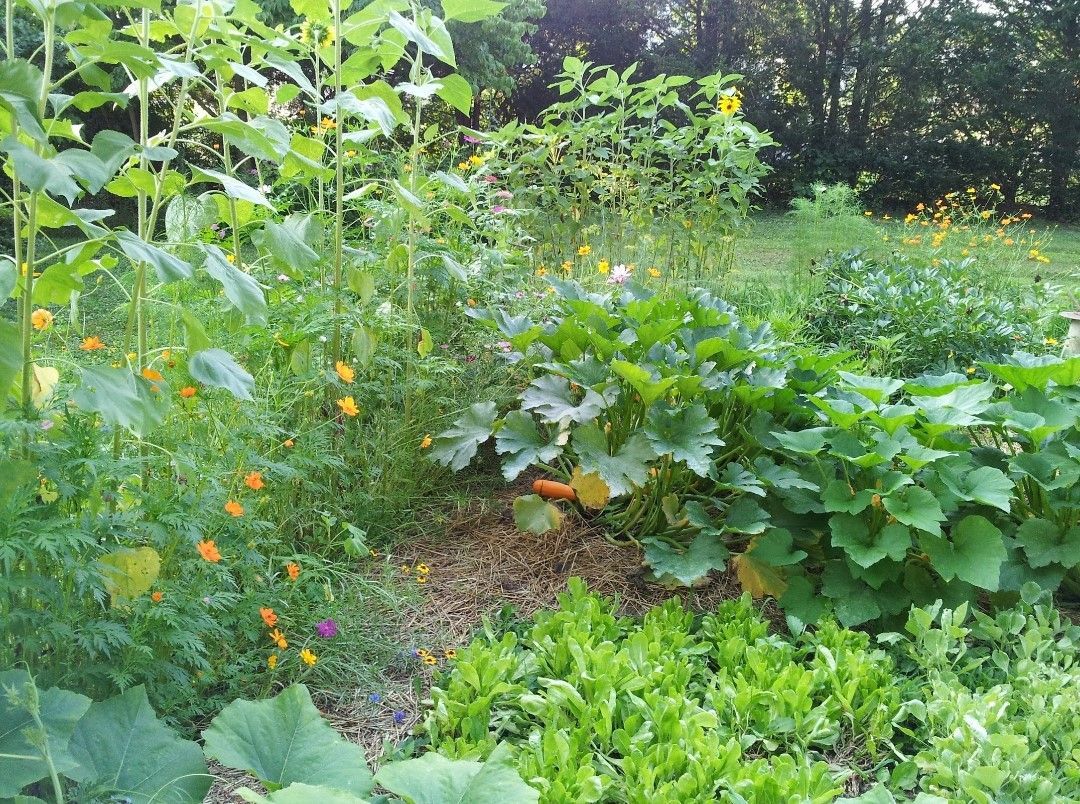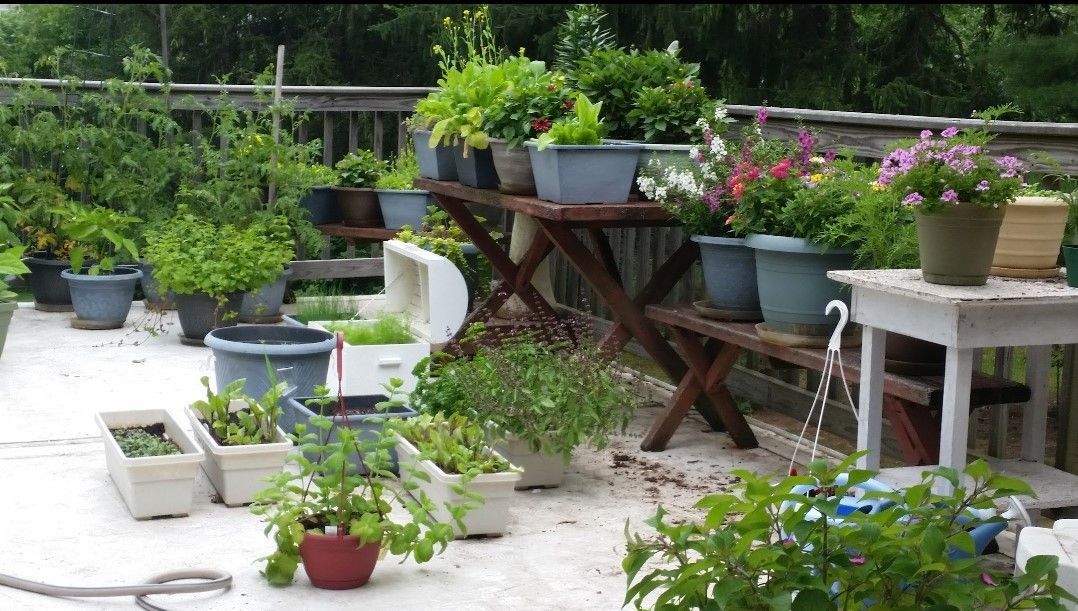Raised Bed vs Traditional Garden
What you need to know
Whether you are just beginning to garden or are a seasoned professional, it’s important to consider the style of garden you will use before you break ground. A well-planned garden saves you time, energy, money, and even keeps your plants thriving all year long. There are several factors you should consider as you begin planning this year’s garden. It is not an easy choice to make, but we did the research, so you don’t have to.
We’ve laid out the benefits and drawbacks of both raised beds and traditional in-ground gardens to help you determine which type of gardening fits your needs and your lifestyle. We’ll discuss cost, best soil types, deterring pests, and more.
Raised Bed Gardens
The Benefits:
Soil content can be easily adjusted to meet your needs. A bountiful garden starts with good soil. By selecting the soil contents of a raised bed, important properties like texture, drainage, pH, water retention, and nutrient levels can be controlled.
Raised beds improve drainage and contain runoff. Too much water and not enough drainage leads to puddles and sopping wet soil. Plants need proper aeration to breathe and to absorb nutrients from the soil. A carefully constructed raised bed allows for water to seep into the potting soil and soak down through the lower level, into the ground below. The structure containing the soil prevents runoff that would otherwise wash away your topsoil.
Raised beds heat up faster than in-ground gardens. They create an elevated area that heats up quicker in the spring, allowing you to get the plants in the ground sooner. Which means you’ll start getting vegetables sooner and continue gardening later in the year.
Raised beds offer a more manageable way to garden in a small space. Just about any type of plant can grow in a raised garden bed-- vegetables, herbs, flowers, fruits and shrubs grow well in this pseudo-container. By staggering rows, you can maximize your crop production and make plants easily accessible. Compact and companion planting prevents weeds from invading the space and provides unique benefits to plants that pair well together.
Raised beds keep certain pests and rodents away from your plants. Nothing is worse than going to the garden and seeing a rodent has chewed on your vegetables, taking out a whole row of lettuce or a bite out of each eggplant (we’re looking at you, groundhogs). Placing hardware cloth under your raised bed prevents burrowing animals from getting in, and chicken wire or any other type of fencing keeps them from gaining accessing the top.
Raised beds are easier on the back. There is less leaning, hunching over, kneeling and straining involved, which makes it easier for people with mobility issues and reduces back and knee pain. Raised beds at the proper height can improve access for wheelchairs, allowing people who used to have a traditional garden, but had to stop due to illness or physical condition, the ability to garden again.
Raised beds are much easier to manage. Once established, soil compaction isn’t usually an issue. If your beds are well maintained, there is hardly any weeding that needs to be done. You can use liners, like newspaper or cardboard to keep weeds from growing up through the raised bed. Close planting of crops can prevent weeds from taking root, and the loose soil makes it easy to pull any weeds that would get in.

The Drawbacks:
Investing in raised beds can be costly & require the construction of a wall constraint. Wood or stone siding can be expensive, and you’ll need to factor in the cost of the plants, the soil amendments, the hardware, and any additional creature comforts you might add to the beds, like fencing, a roof, pathways, etc.
Those with poor, rocky or clay soils could spend a lot of money trying to get the soil right. To improve the clay soil, you’ll need to add 6 to 8 inches of organic matter to the entire area. Grass clippings that are free of chemicals, shredded leaves, rotted manure, and compost will work. It will need to be mixed into the soil 6 to 12 inches down.
Raised beds are more permanent that in-ground gardens. Depending on how you construct your beds, you may be able to move them as needed. Other setups are more permanent and require complete deconstruction to move.
Over time your beds may need to be replaced or repaired. Fortunately, you can find cost effective options to replace your materials depending on what you used and what your set up is like.
Raised beds are not deep enough for plants with large root systems. Plants with large root systems, like fruit trees or artichokes need more vertical space than other plants with shallow root systems.
Raised beds limit the surface area of your garden. When planting in the ground there are no limits.
You cannot use plows or tractors to till your raised beds. You’ll have to bust out your hand tools to work in this garden setup.
Materials for Raised Beds
There are so many options when it comes to the material you use to make raised beds. Many people opt to take a DIY approach to building raised beds. This can save you money, but you’ll end up spending more time building it. There are resources on the internet that show you how to construct a DIY raised bed with materials you probably have already. You can use:
- Different types of wood for the sides (cedar, hemlock, juniper, and redwood)
- Pallets
- Concrete block
- Natural Stone
- Steel
- Bricks
When starting your garden, you’ll need:
- compost
- good soil
- mulch
- soil amendments & fertilizers
- young plants or seeds
- gardening tools
Traditional garden
The Benefits:
Planting in-ground is typically more cost effective than creating raised beds. Especially if you forego the fencing and extra potting soil.
You can put your larger tools to good use. A flat well-drained area can be prepared with a tractor or rototiller.
It is less permanent. An in-ground garden can be replaced with another crop or moved to a different location.
In-ground planting offers more gardening square footage. This is helpful if you have an odd-shaped area you are working with, or don’t want to make compact rows.
In-ground beds won’t dry out as quickly as a raised bed. The direct connection to the earth allows the soil to absorb the water from below, and your plants can freely grow their roots to reach that water.
The Drawbacks:
In ground gardening is hard on the back and knees, and you get dirtier. If you are someone that experiences pain in your knees, back, or neck, you might have issues gardening on your hands and knees.
Garden pests, rodents, and grazing animals can be more problematic. Putting up a fence around your garden is a good way to deter many of the pests your garden may encounter.
Requires more watering to properly water your crops. Although your garden may stay moist for longer, it may require heavier waterings to ensure all plants receive the moisture they need. Additionally, the water tends to drain away more quickly.
You’ll need to continuously fertilize or amend your soil. If your soil is lacking in certain macro- or micro-nutrients, you’ll need to consider fertilizing or amending the soil on a regular basis. Read our blog, The Truth about Fertilizer to learn more about fertilizers and amendments.

Bonus Option: Container Garden
There is also the option of container gardening. If you live in an urban area or have an apartment with little to no yard space, container gardening could work very well for you. Containers are convenient because you can move them easily whenever you need to. Invasive plants or plants that spread easily like strawberries are better grown in containers as they are less likely to spread. Containers are good for starting plants inside and then moving them outside when the weather warms up.
I used to have a traditional garden, but I didn’t have the time to keep up with it. So, I switched to container gardening. I had a huge roof-top deck and I had anywhere from 40 to 60 containers with vegetables, herbs and flowers.
I grew these vegetables:
- tomatoes
- string beans
- all types of peppers
- lettuce
- spinach
- zucchini
- kale
- mustard
- cucumbers
- eggplant
- turnips
- radishes
- swiss chard
I grew these herbs:
- dill
- thyme
- oregano
- parsley
- basil
- borage
- lavender
- mint
- chives
- rosemary
And these flowers:
- nasturtiums
- marigolds
- zinnias
- cockscomb
- daisies
- cosmos
- sunflowers
- nigella
- snapdragons
- cleome
- coreopsis
- geraniums
- four o’clocks
I had very little to no weeds and it was easy to water. I found it was very peaceful to go out in the evening, sit at my table, take in the beautiful colors of the flowers, and see the vegetables growing.

Gardening should be exciting and something you look forward to. To go out and pull a tomato off the vine, enjoy the smell and the homegrown taste; there is nothing like it. There is no right or wrong way to garden, it’s whatever works for you. You could try a little of each to figure out what suits your best-- a traditional garden, a raised bed and some containers. Whichever option you choose, you can always change it up the following year.
Check out the latest:









